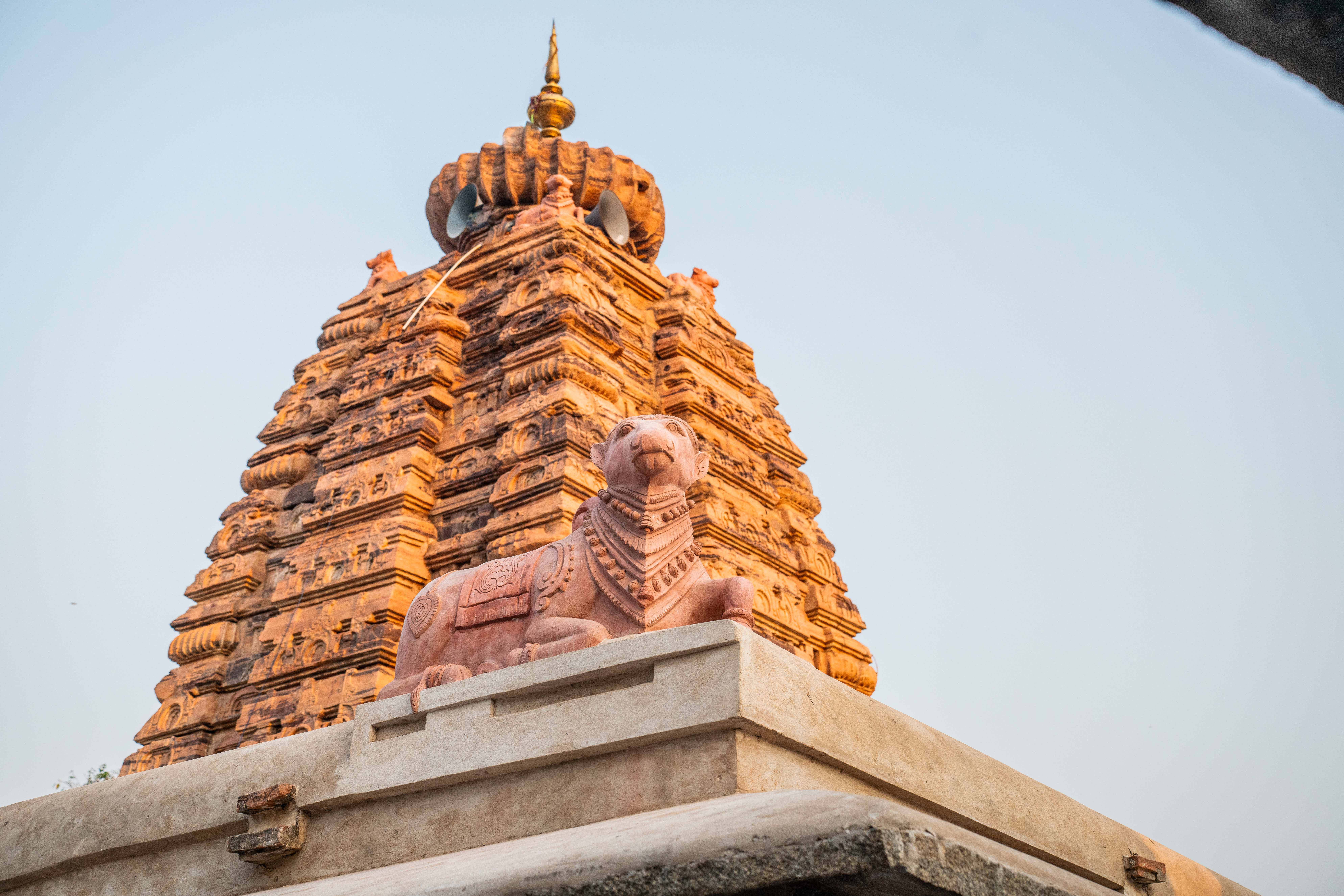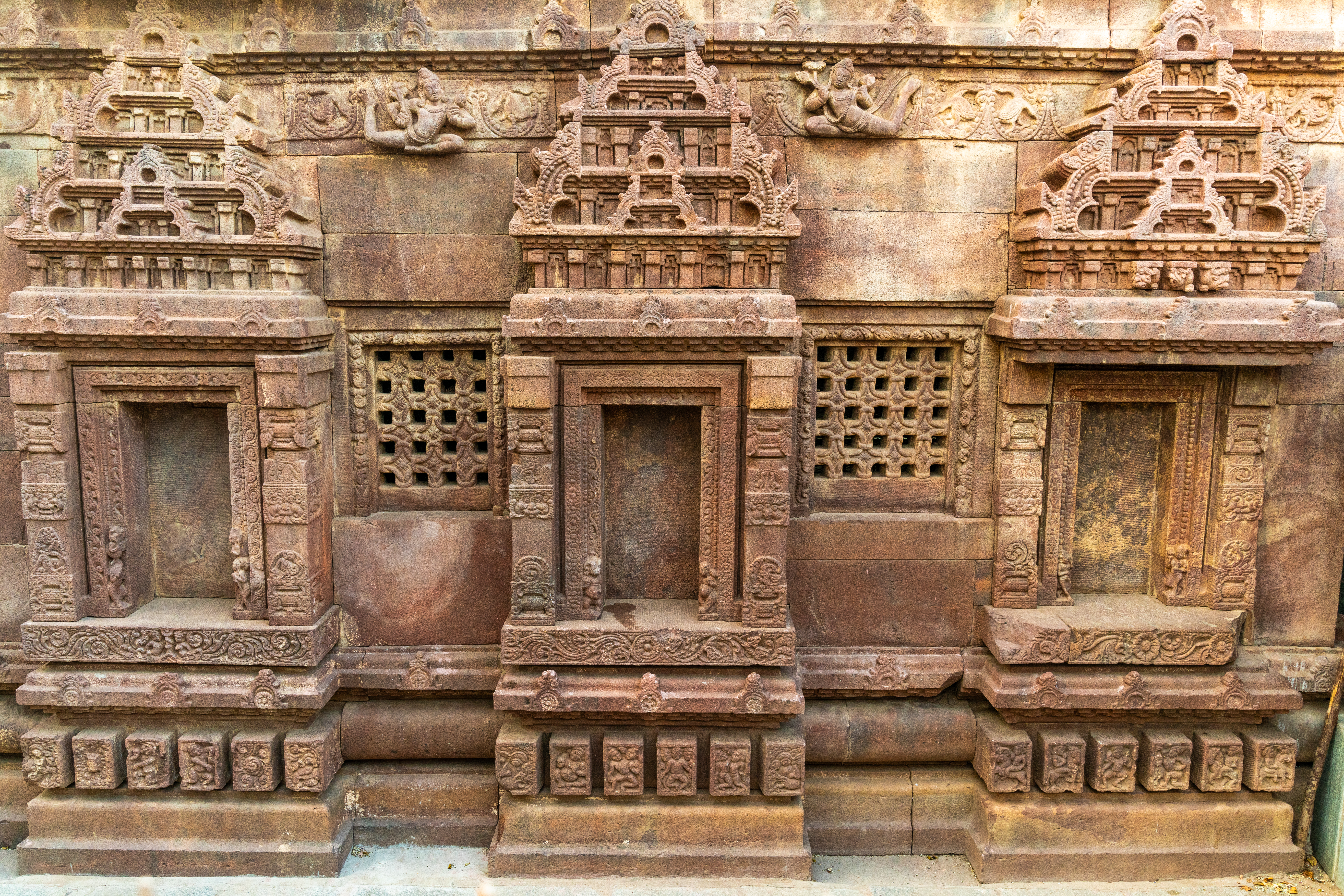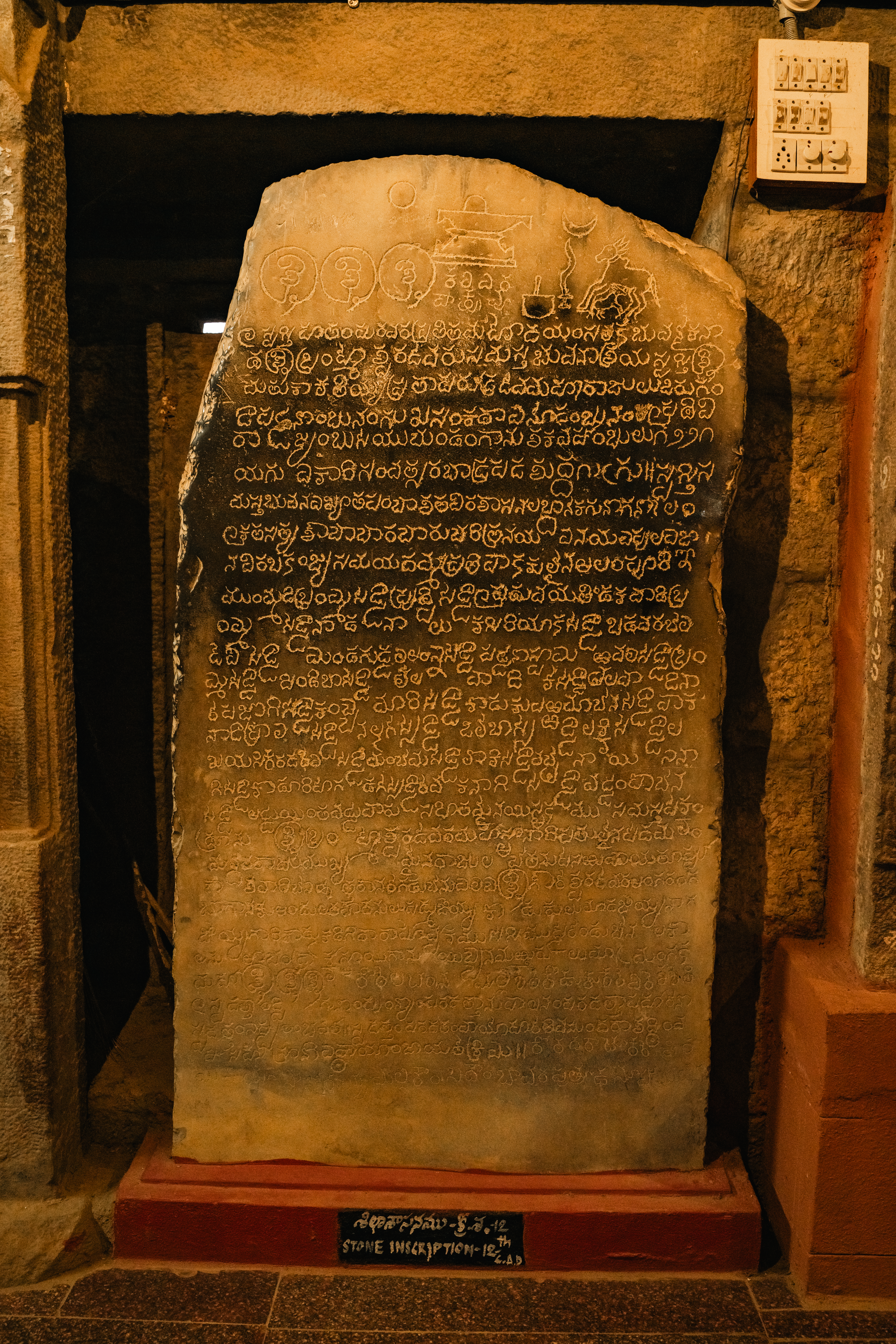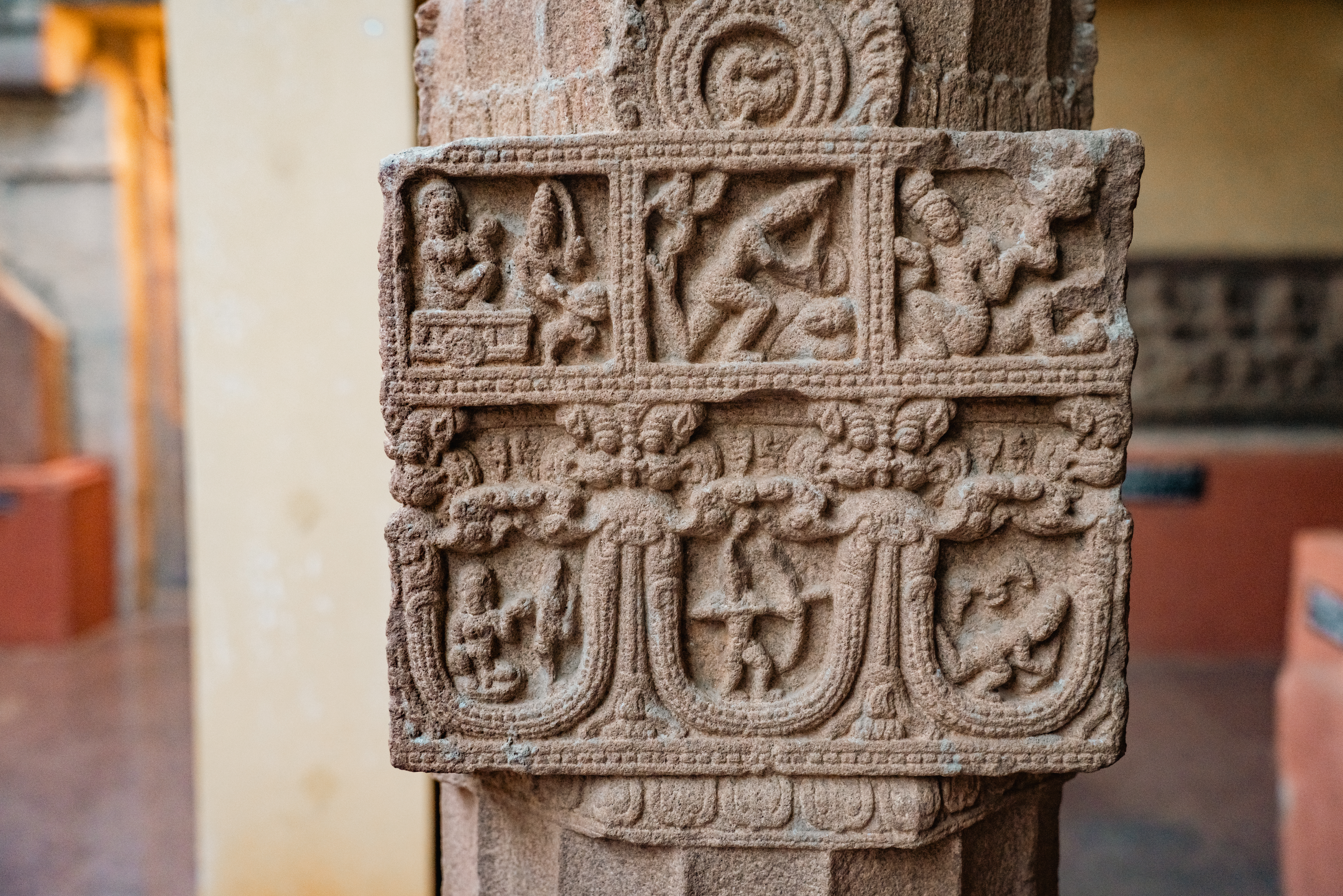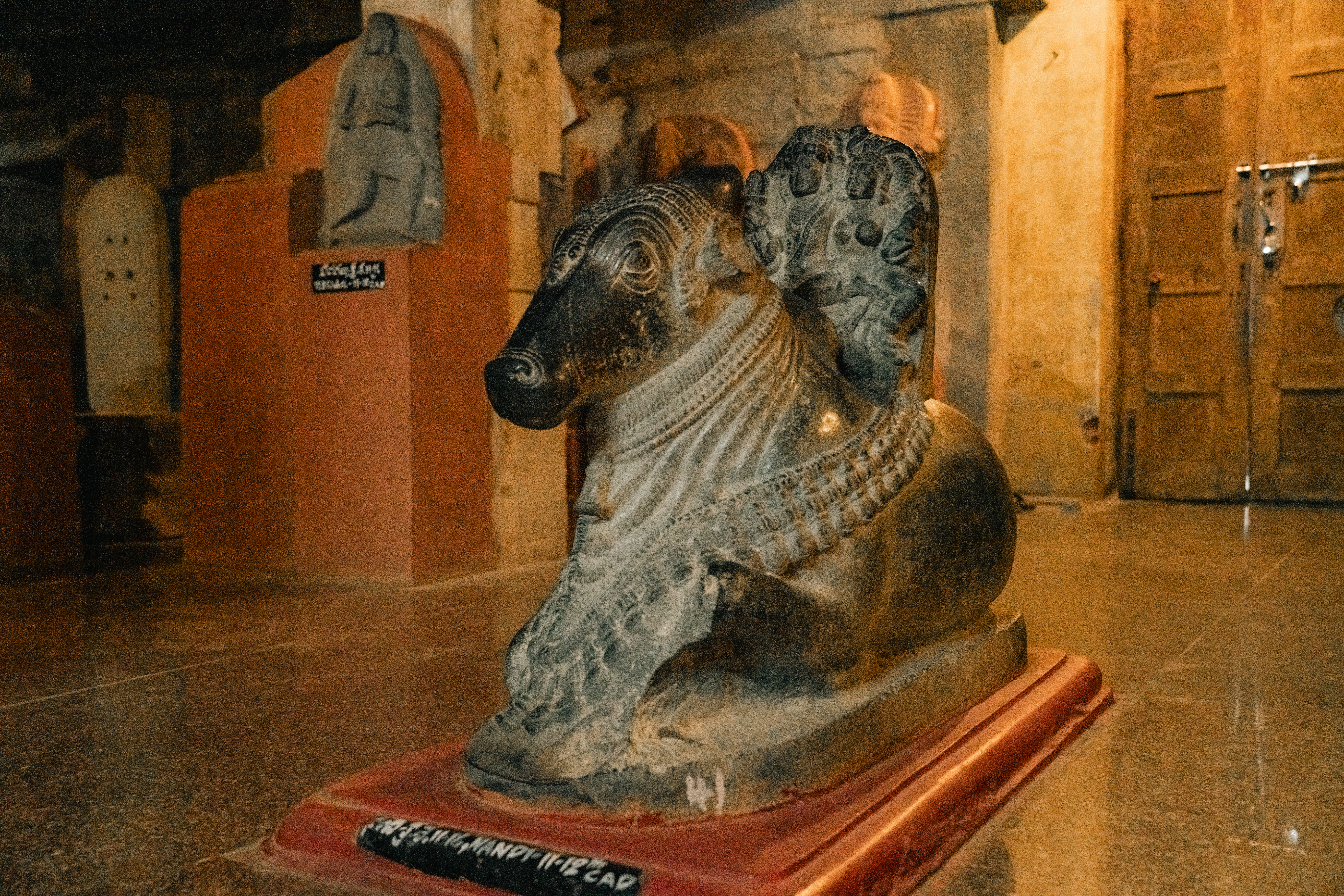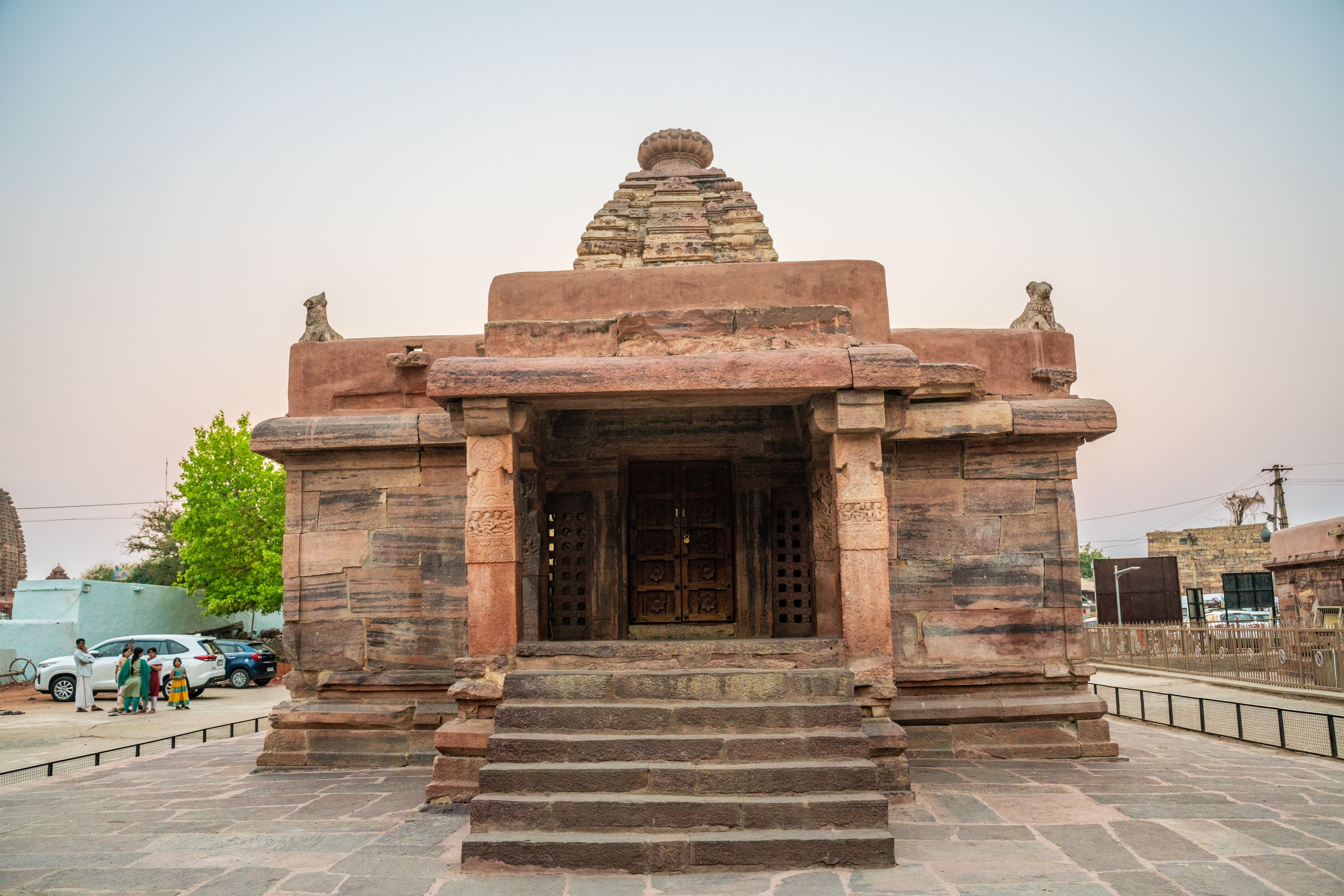History The Sri Jogulamba Bala Brahmeswara Swamy Temple has a rich history . Originally constructed in the 6th century CE by the Badami Chalukyas, the temple was a significant religious site dedicated to Lord Shiva and Goddess Shakti. The original structure faced destruction at the hands of the Bahamani Sultans in the 14th century. However, the idols of Jogulamba Devi and her two Shaktis, Chandi and Mundi, were safeguarded and housed in the Bala Brahmeswara Swamy Temple until 2005. The Sangameshwara Devasthanam, built during the Chalukya reign, originally stood at the confluence of the Tungabhadra and Krishna rivers. It was relocated to its current location in the 1970s due to the construction of the Srisailam Dam. These temples continue to be vital pilgrimage sites, preserving their historical and religious significance. Lore The lore surrounding the Sri Jogulamba Bala Brahmeswara Swamy Temple is deeply rooted in Hindu mythology. The temple is said to be where the "upper jaw with tooth" (Oordhva danta Pankti) of Devi fell, making it a revered Shakti Peetha. Jogulamba Devi is also known by various names, including Yogulamba and Yogamba, reflecting her multifaceted nature. Local legends describe the goddess in her Ugra Rupa, a highly powerful form that is challenging to worship, with the temple's serene surroundings helping to balance her fierce energy. The temple's association with both Vaishnavism and Saivism is highlighted by the hill's serpent-like appearance, believed to represent Anantha, the serpent king, who supports both Lord Shiva and Lord Venkateswara. The near by Sangameshwara Devasthanam's story is equally fascinating, with its relocation to save it from submersion adding to its historical significance. These elements create a harmonious blend of religious traditions at this sacred site. Architecture The Sri Jogulamba Bala Brahmeswara Swamy Temple, constructed by the Badami Chalukyas around the 6th century CE, is a prime example of early medieval South Indian temple architecture. Situated near the confluence of the Tungabhadra and Krishna rivers in Alampur, the temple complex features a columned hall with three openings and intricately engraved ceilings depicting various postures of Lord Shiva. The main sanctum houses the idol of Lord Shiva, known as Bala Brahmeswara Swamy, in child form. The idol of Jogulamba Devi is characterized by her vast quantity of hair with lizards, scorpions, bats, and skulls. The temple also includes idols of Saptamatrikas, Vighneswara, and Veenapani Veera Bhadra. The entire temple complex is adorned with extraordinary sculptures and designed to maintain a cool atmosphere with a nearby water pool. Nearby, the Sangameshwara Devasthanam, another architectural marvel, was relocated brick by brick by the Archaeological Survey of India to its current location to save it from submerging during the construction of the Srisailam Dam in the 1970s. |
To be updated
